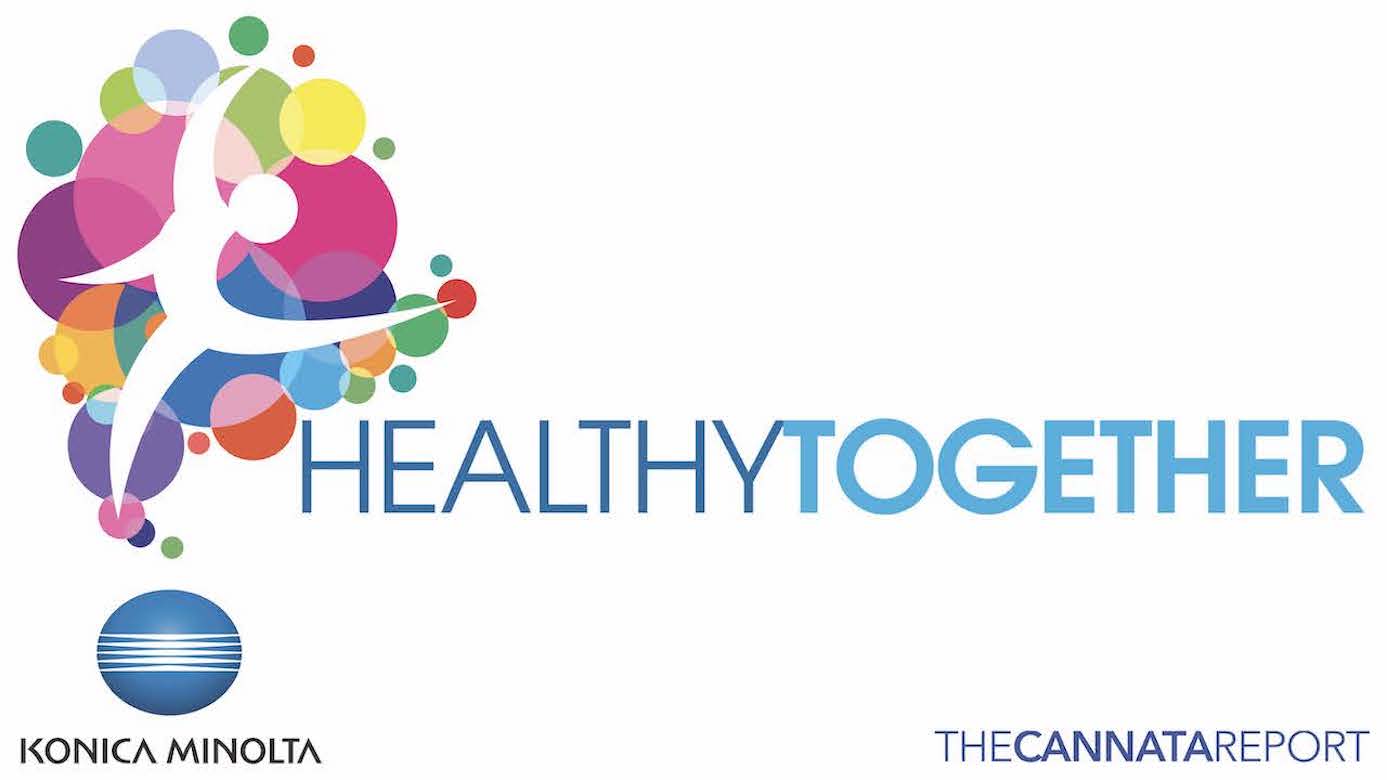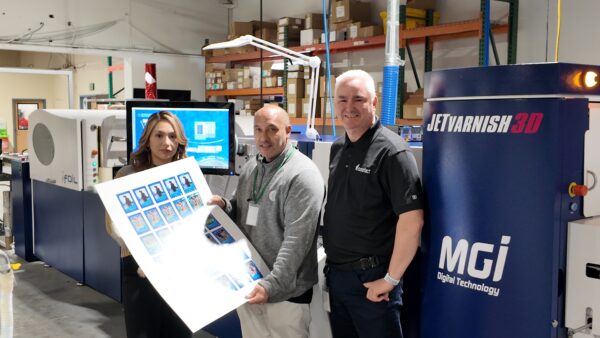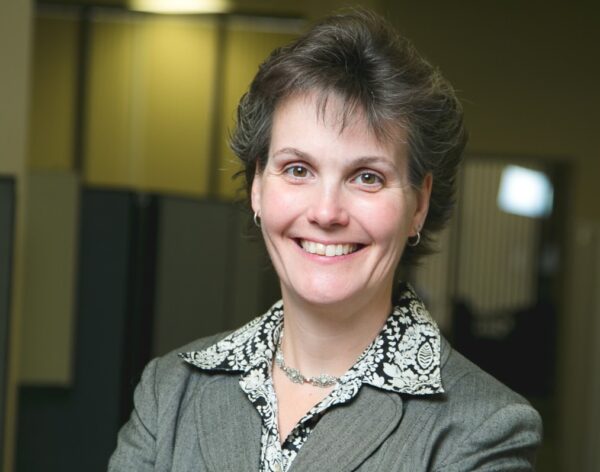A look at Konica Minolta’s Healthy Together program and how it can positively impact the company’s employees and dealer partners’ mindfulness and well-being
On April 9, at noon EST, Konica Minolta Business Solutions U.S.A., in partnership with The Cannata Report, will present the second in a series of three Healthy Together health and wellness classes exclusive to Konica Minolta dealers that blend yoga and meditation with mindfulness exercises.
The classes are taught by Sharon Esker, The Cannata Report’s story and features editor and a certified yoga instructor.
In this interview, Esker discusses mindfulness, how to get started practicing it, dispels common yoga myths, and explains what participants will takeaway from these classes.

CR: Mindfulness seems to be one of the buzzwords of the moment. Can you explain what it is, and some of the health benefits?
Esker: In simplest terms, mindfulness is our ability to be present and fully engaged in the moment. It’s being fully aware of where we are and what we are doing.
Mindfulness is certainly not a new concept. People have been practicing the art of mindfulness for thousands of years.
However, in our fast-paced world, slowing down to pay attention can feel foreign and even unsettling, as many of us realized this past year as we were forced to shelter-in-place and slow down dramatically in our lives. We are experts at moving fast, achieving, and striving. All of those actions are healthy and necessary, but if we don’t take time to slow down, burnout—which is what many of us are feeling right now—is right usually right around the corner.
Mindfulness is scientifically proven to relieve stress, lower blood pressure, and improve our mood, among many other benefits that can help us in our busy lives.
Practicing mindfulness also gives us an opportunity to reset so when we return to the challenges we’re facing in our lives, we can respond to them with a sense of calm and clarity.
As human beings living in a complex world, stress is ever-present in our lives. Practicing mindfulness is one way to process what we are experiencing so we can maintain our wellbeing and health.
CR: How can someone get started practicing mindfulness?
Esker: To practice mindfulness, there are many different techniques—some of which I share in our Healthy Together classes. The key is to slow down and pay attention to your body and breath.
Here is one technique you can try on your own: Start with pushing your seat away from your desk. Bring both of your feet down to the ground and press gently into the soles of your feet. Feel the seat you are sitting on. Sit up tall. Now, pause and notice how you feel. Begin looking around your space and notice the different colors and textures you see. If you see a particular color or texture that pleases you, pause. Keep your eyes softly resting on that color or texture. Again, pause and notice what happens to your body and breath when you take the time to focus on one, single thing.
Take as much time as you’d like. A few minutes throughout the day quickly adds up, and the results are cumulative over time.
It’s important to remember that mindfulness doesn’t mean we’re emptying our minds of all thoughts. We are slowing down to try to pay attention to what we are feeling in our bodies, the thoughts that are in our minds, and the emotions that arise so we can see them with clarity, with kindness and compassion.
CR: For some, yoga conjures up head stands, sweat rooms, or chanting. Can you dispel those myths by explaining what it is and more importantly how yoga can benefit people at any age and physical fitness level?
Esker: If you have a body, you can do yoga. I believe that movement is our birthright. I believe that we are all dynamic beings designed to move our bodies—whether through intentional breath or fully body movement. I believe that moving our bodies with intention creates balance in our minds, hearts, and ultimately, our lives. For this reason, I believe yoga is for everybody and every body.
Because yoga is more than making interesting shapes with our bodies—it is also breathing mindfully, acting with respect toward ourselves and others, and meditating to examine our thoughts, emotions, and patterns with a sense of clarity— yoga can offer benefits to people of any age. There are endless variations of the practice to meet students wherever they are in the moment.
As we age, we naturally lose strength and mobility. Sitting for most of our days is not helping. However, practicing mindful movement and breath through yoga can help us slow this natural process, allowing us to maintain strength and mobility as we age. We can’t stop the aging process, but we can support our minds and bodies with movement and mindfulness so we can live with a greater sense of ease.
CR: What can participants expect to take away from the Healthy Together classes?
Esker: In each of our Healthy Together classes, participants can expect to get up, move their bodies, and learn beneficial breath practices, so they can return to their work and life with renewed energy and a sense of calm and clarity. These movement and breathing practices are accessible and easy to implement to help support participants as they navigate through their workdays, as well as when they are away from their desks and in their communities.
The Healthy Together classes are designed to engage participants at their desks. No special equipment is needed, and no prior experience with yoga, mindfulness, or meditation is necessary. The Healthy Together classes are for everyone–at every age and every physical fitness level.
My goal is to provide a restorative break from the non-stop, hectic pace of the workday, as well as present techniques that can be practiced to add mindfulness to our participants’ everyday lives.
Access Related Content
Visit the www.thecannatareport.com. To become a subscriber, visit www.thecannatareport.com/register or contact cjcannata@cannatareport.com directly. Bulk subscription rates are also available.




